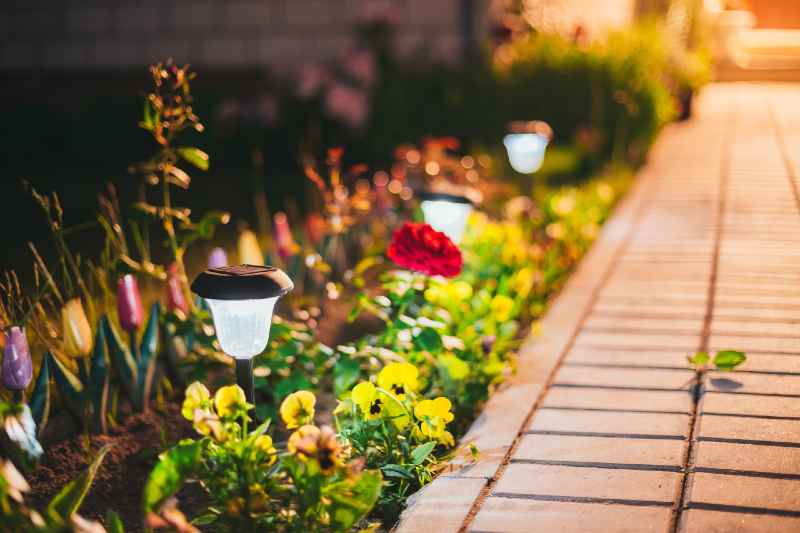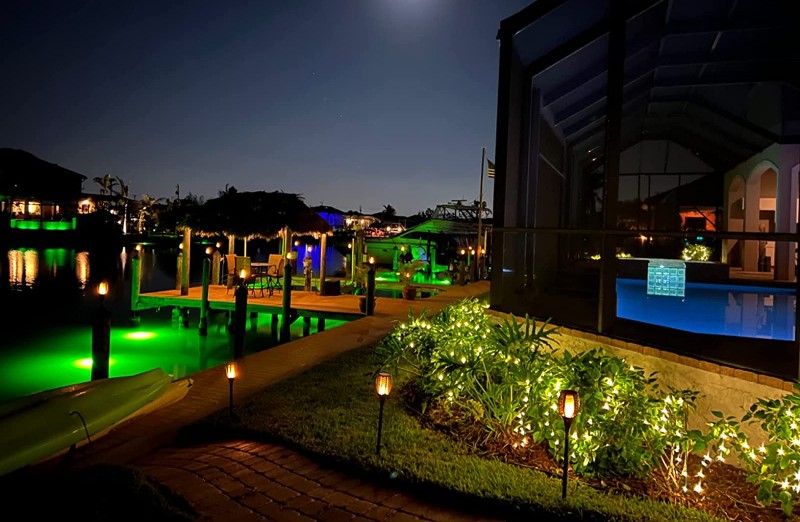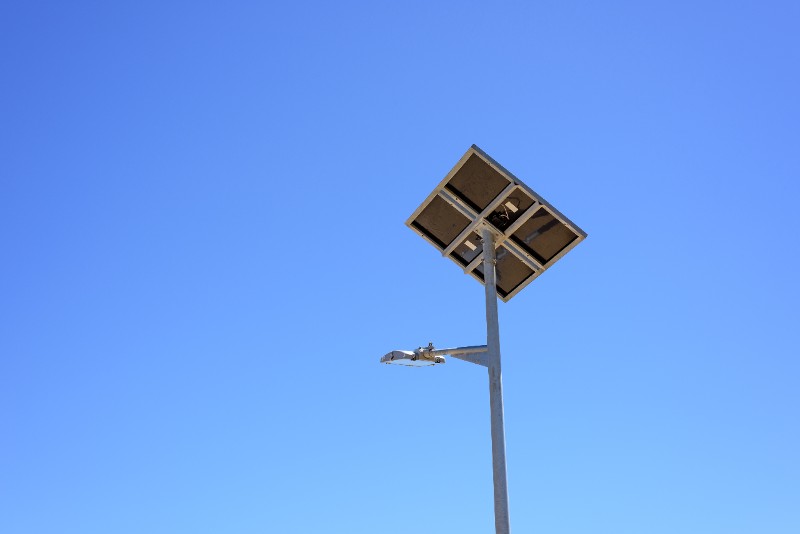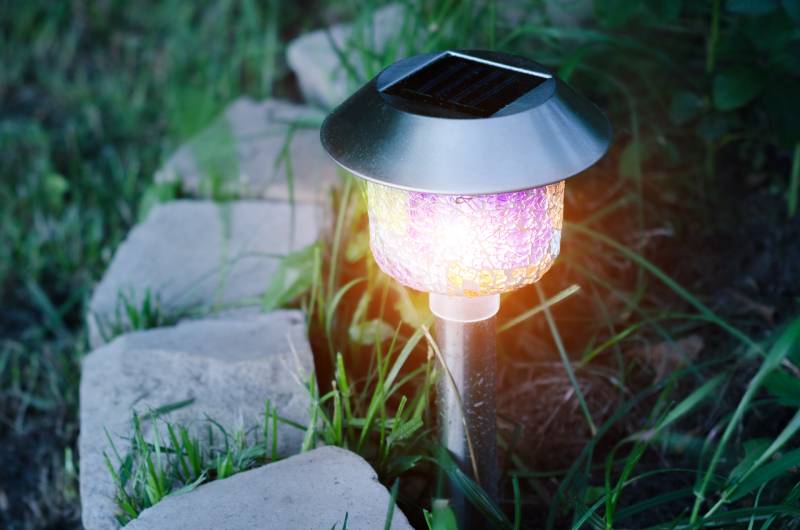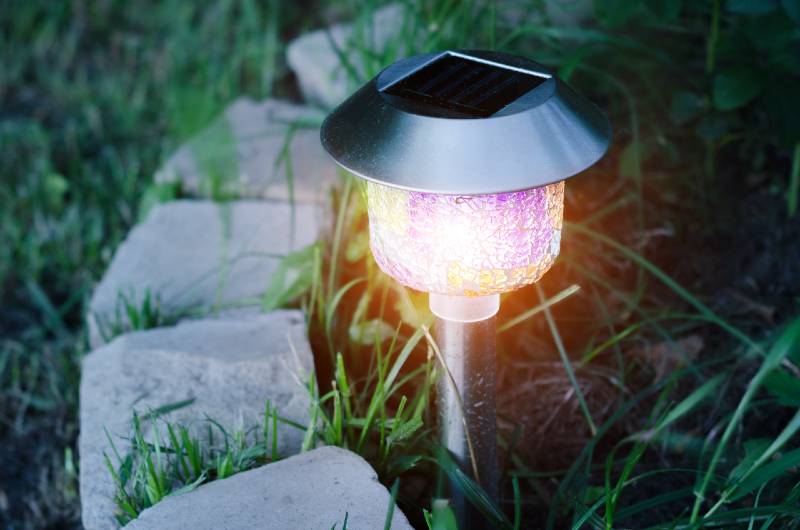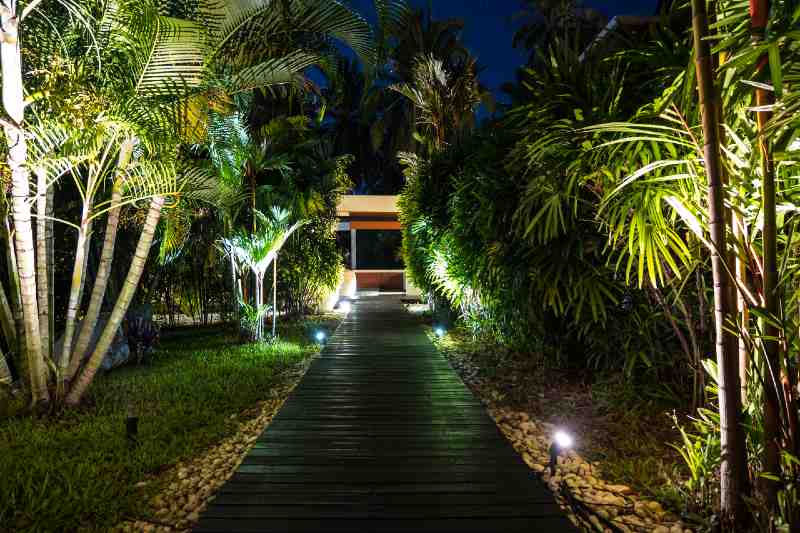Solar light is meant to be charged by the sun.
But what do you do when there is no sun or if your solar lights aren’t getting enough natural direct sunlight and indirect sunlight?
In this article, we will go through how solar light works and 10 ways you can charge solar lights without the sun.
So without further ado, let’s jump right into it.
How Do Solar Lights Charge?
Before getting into how to charge solar lights without the sun, let’s take a quick look at how solar lights charge solar lights.
First of all, you need to understand that electrical energy is nothing but a flow of electrons.
If you have enough free electrons flowing through the material and you are able to guide them in a particular direction of the direct sunlight, you have electricity.
Now, solar panels are made of a semiconductor material, usually silicon.
Silicon is known for having 4 electrons in the outermost shell, meaning that these electrons are far away from the nucleus, so they can easily be knocked loose and start flowing.

All we need is something that can give these electrons some energy to break free from the nucleus’s magnetic force and start flowing.
And that’s where visible light comes in.
Visible light is made up of small particles called photons, and these photons have energy.
When a photon hits an electron, it passes some of its energy to the electron in a process known as the effect of the photovoltaic cells.
So if a photon with enough energy hits an electron, the electron will break free from its atom and start flowing freely through solar panels.

The more photons hit the panel, the more electrons are freed and we can use wires to direct all these free electrons to create an electric current that we can then use to charge our solar batteries.

Think of photons as tiny balls being thrown at plastic bottles (electrons), if you throw the balls with enough force, they’ll knock the bottles off their stand (break free from their atom) and the bottles will start rolling around (electrons flowing freely).
Not so complicated, right?
All we need is photons with enough energy and we can fully charge solar lights.
Now, do you notice that I said light and not sunlight?
That’s because all kinds of light are made up of photons, not just sunlight.
So as long as our light source has enough energy, we can charge our solar light without any sun at all.
And in the next section, we will go through some of the best ways to charge our solar lights without direct sunlight.
How to Charge Solar Lights Without Sun Or With Indirect Sunlight?
There are many ways to charge solar lights without sun, including using LED light bulbs, fluorescent light bulb, incandescent lights bulb, and even the light from a fire or a candle.
1. Indirect Sunlight
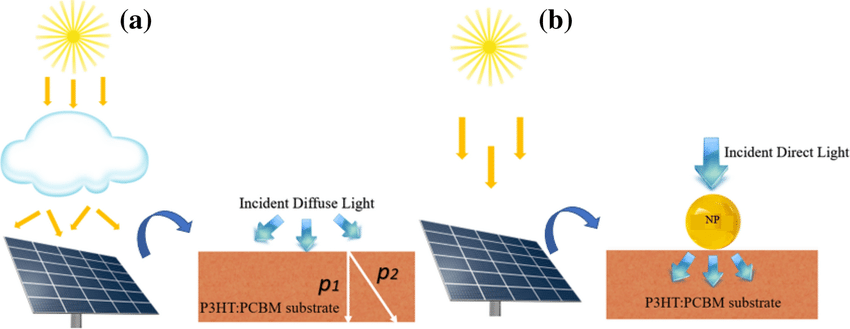
Direct sunlight is the most efficient way to charge solar lights without sun because the more intense the light, the more photons with higher energy levels will hit solar panels.
But who said that you can’t charge your solar lights if it’s a cloudy day or gloomy outside?
Even in cloudy weather, the sun is still shining and sending photons to Earth. We are just not receiving them directly because they are being diffused or scattered by the clouds.
So if it’s gloomy outside, just gently clean your solar light with a wet cloth to make sure there is no dirt or debris blocking the photons from hitting the panel, and then angle your solar lights so that they are direct sunlight because solar panels work best when they are perpendicular to the light source.
Note: If you are using solar lights in winter, make sure to take them inside during heavy snowfall as the weight of the snow may damage your solar lights. Also, if your solar lights have an IP rating of less than 65, it’s advised to store them over the winter.
2. Mirrors
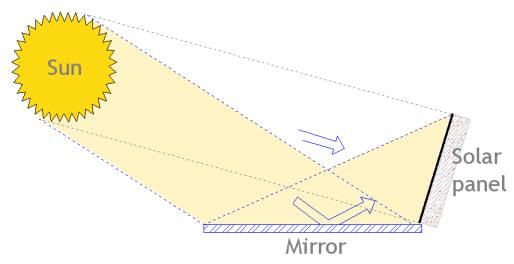
Solar lights can still charge in the shade but at a much slower rate.
But if you have access to mirrors, you can use them to reflect sunlight onto your solar panels to increase the light intensity and charge your solar lights faster.
I have to say that this isn’t the most effective option because you need to constantly adjust the mirrors as the sun moves throughout the day but it’s something to keep in mind.
3. Battery Charger
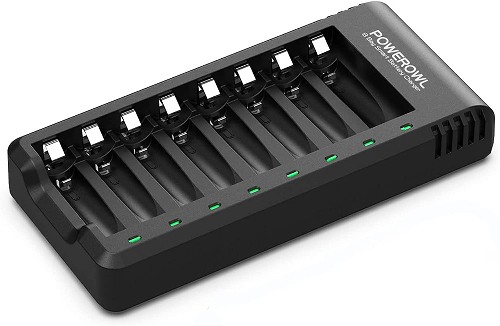
The whole point of solar panels is to charge solar batteries, so why not just use a regular battery charger instead?
Just get the solar batteries out of the solar lights and charge solar lights without sun with a regular battery charger.
It’s not as eco-friendly but it gets the job done in a pinch.
You can also replace your solar light’s battery with a bigger one as long as it has the same voltage.
4. Dual Charge Option
Some solar lights come with the option to charge using both solar powered lights and regular electricity through an outlet.
So if you are in a pinch, just plug the solar lights into an outlet and charge them that way.
Fully charging your battery can also make your solar lights brighter.
5. LED Lights
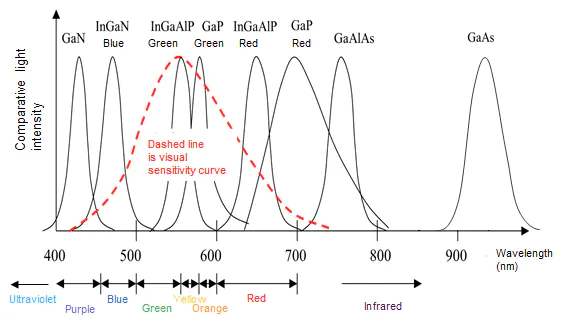
Remember when we talked about how photons have energy that can knock electrons free from their atoms?
A 2015 study found that solar panels produce the most electricity when they are hit with yellow light or any light with a wavelength between 600 nm to 700 nm (yellow, orange, and red.)
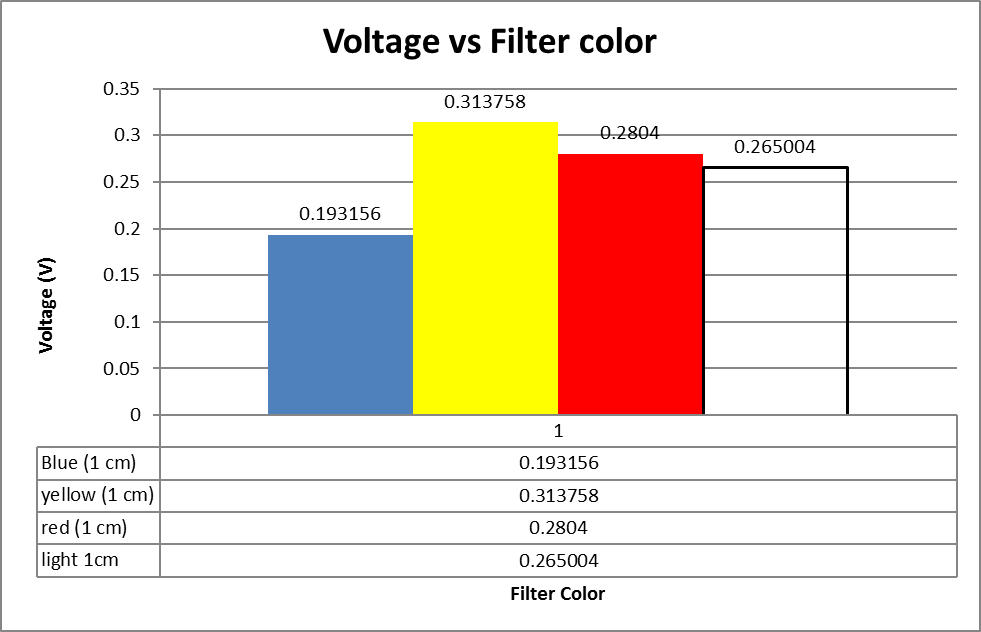
So if you have access to yellow LED lights, those are the best options for charging your solar light without the sun.
Obviously, the more intense the LED light, the faster it will charge your solar lights, so try to get high-powered LED lights or multiple LED lights to aim at your solar panel.
6. Fluorescent Lights
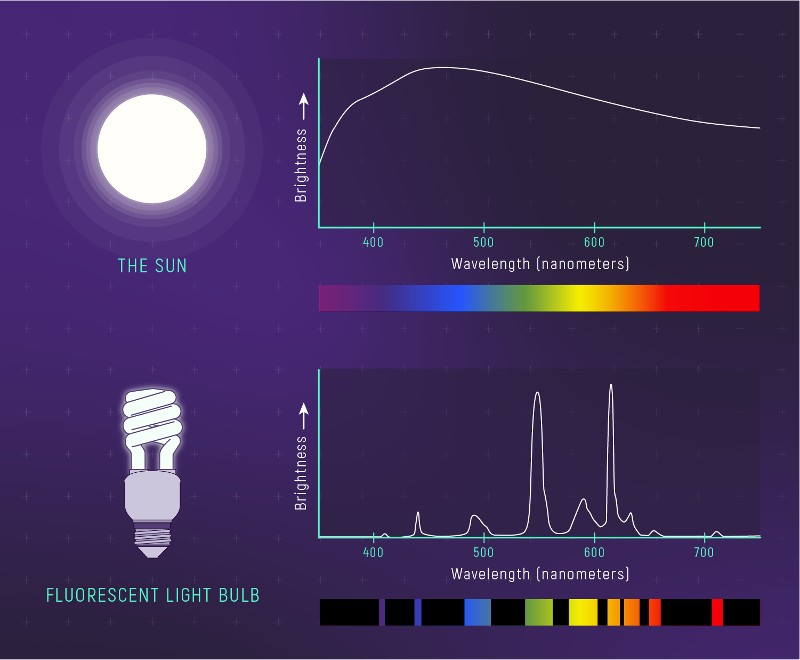
Most of the light emitted by fluorescent lights falls within the 400 nm to 700 nm range, making them another viable option for charging your solar light without the sun.
They are not as efficient as yellow LED lights but it’s your second-best bet.
7. Incandescent Bulb
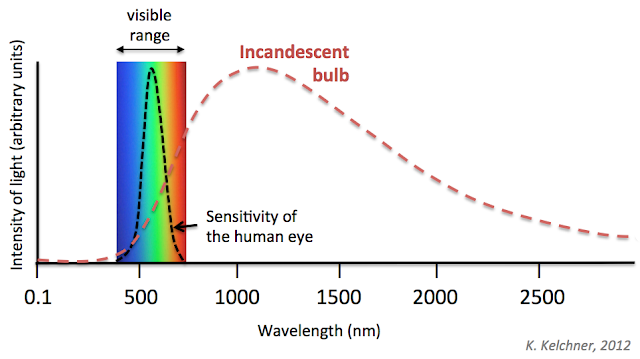
Incandescent light bulbs emit a spectrum of colors, including yellow.
However, they do emit a lot of infrared light which is not very effective for charging solar light.
Infrared light also generates a lot of heat, which is actually bad for your solar panel because when the temperature rises, the electrons bounce around more, reducing your solar panel’s efficiency.
But if you don’t have access to yellow LED lights, incandescent light bulbs are still a decent option for charging your solar lights without sun.
8. Heat Lamps
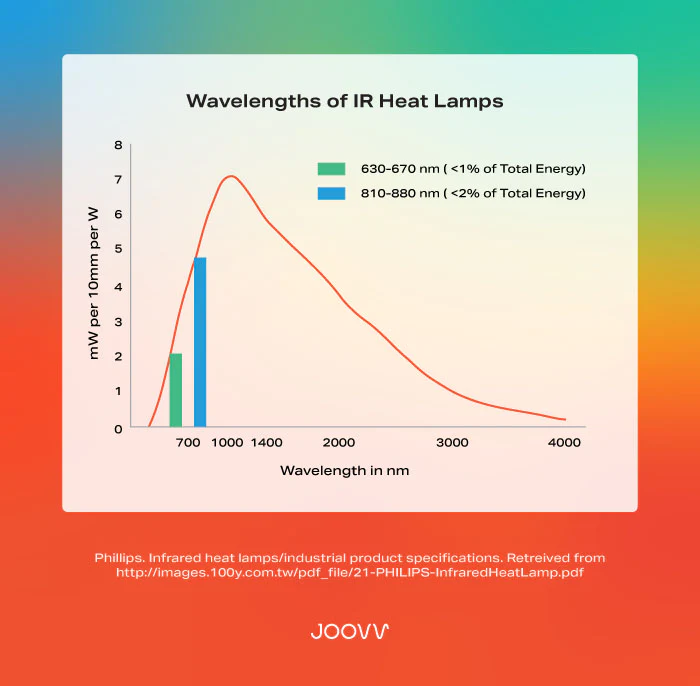
Heat lamps can also charge your solar lights but they are the worst option there is.
Almost 99% of the light emitted is above 670 nm.
This leaves you with just 1% of the light being in the effective range for charging solar lights.
Not to mention, heat lamps also generate an incredible amount of heat (they are called heat lamps for a reason) and that can damage your solar panel.
9. Moonlight
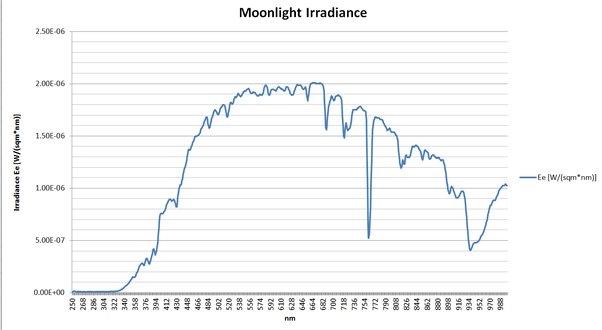
Believe it or not, even moonlight can charge your solar panel.
Most of the light from the moon is centered around 400 nm.
This means it’s not very effective for charging your solar lights but on a clear night, the moon can still provide some charge.
10. Fire
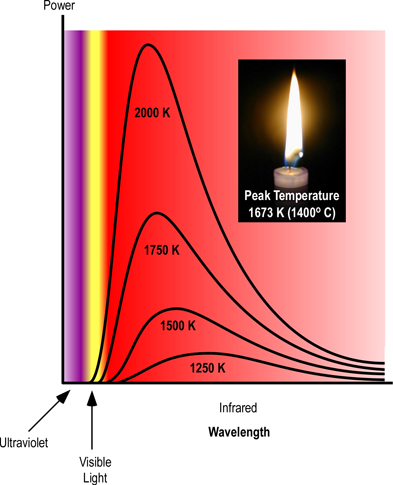
Yes, you read that right.
Fire can actually charge your solar light.
But as you guessed, it’s not the most efficient or safe option.
Campfires and candle flames are about 1900 kelvin, so the light emitted from them is primarily in the infrared and red spectrum, with just a little bit (less than 1%) in the yellow range.
So the solar panel can hardly generate any electricity but if there is no other choice, go for it.
Just make sure to keep a safe distance and not let the fire get too close to your solar panels as it can melt or damage them.
FAQs
Can Solar Charge Without Sunlight?
Yes, you can charge solar panels without sunlight. All you need is a powerful light source, and your solar panel will be able to generate electricity and charge your battery.
Just make sure to remove the solar protective film before charging.
Can Solar-Powered Lights Be Charged Indoors?
Yes, solar power lights can charge indoors, as you don’t need direct sunlight to charge them.
Can You Charge a Solar Light With a Flashlight?
Yes, you can charge a solar light with a flashlight. However, the solar panel won’t be able to generate a lot of electricity to keep your lights running all night.
To fully charge your battery, it’s advised to turn your solar lights off and let them charge for a few days using a flashlight.
How Do I Charge My Solar Battery at Night?
You can shine an artificial source of light, preferably high-power, yellow LEDs on your solar panels to charge your solar battery at night. You can also charge your solar battery using another battery or a battery charger.
How Long Do Solar Lights Stay on at Night?
Depending on the amount of charge the solar lights were able to gather during the day, they can stay on for up to 12 hours at night but in reality, most solar lights will turn off automatically after 6-8 hours.
Conclusion
Charging solar lights without sun may not be as efficient but with these alternative options, you can still gather enough light energy for your solar lights to work at night.
Just remember to keep safety in mind and always prioritize direct sunlight or yellow LED lights for charging your solar lights.

